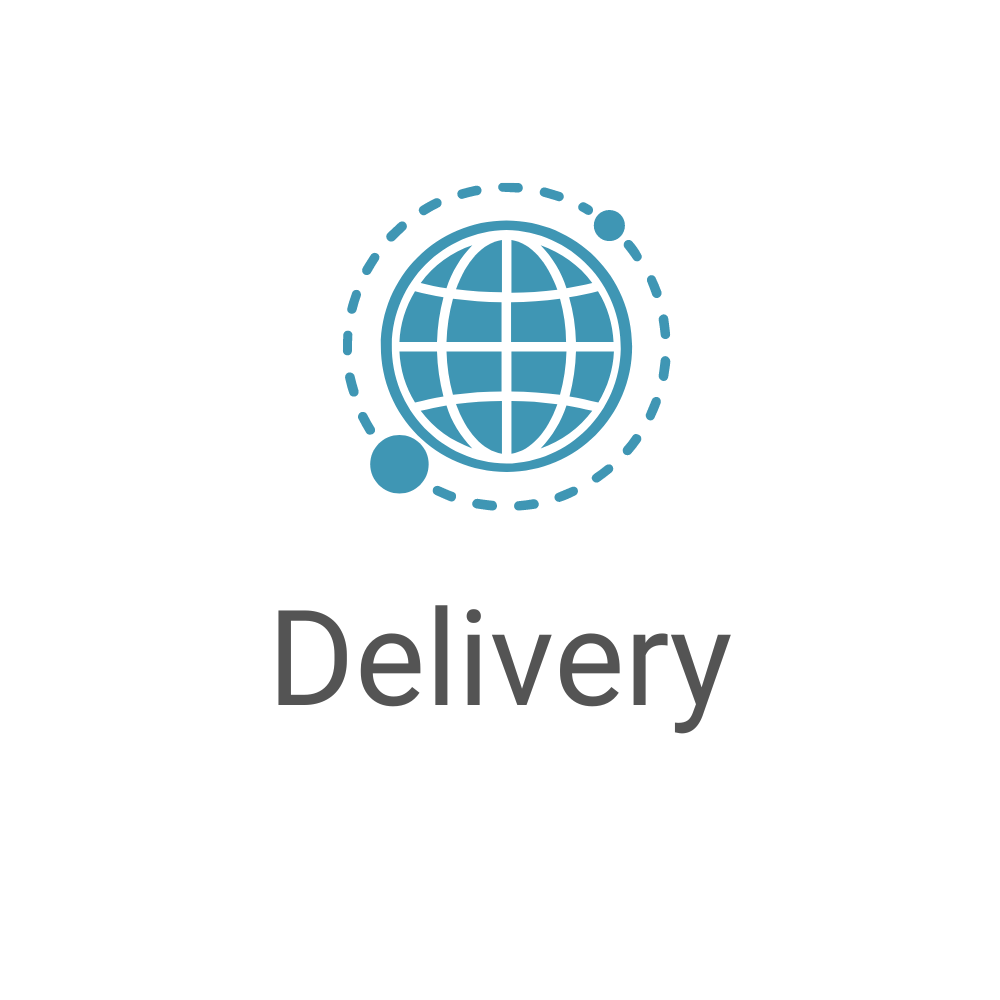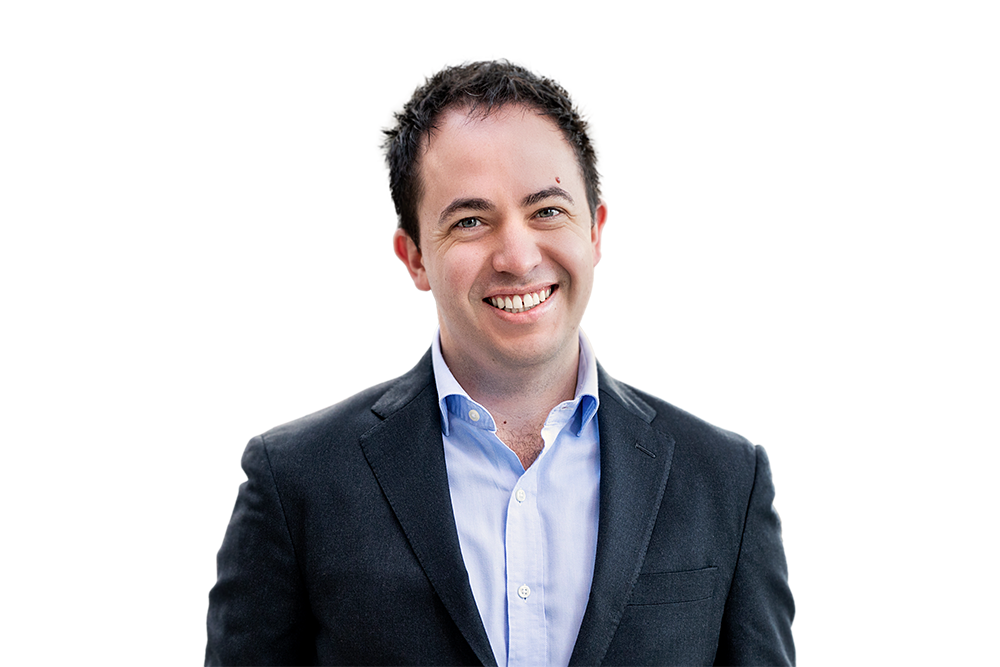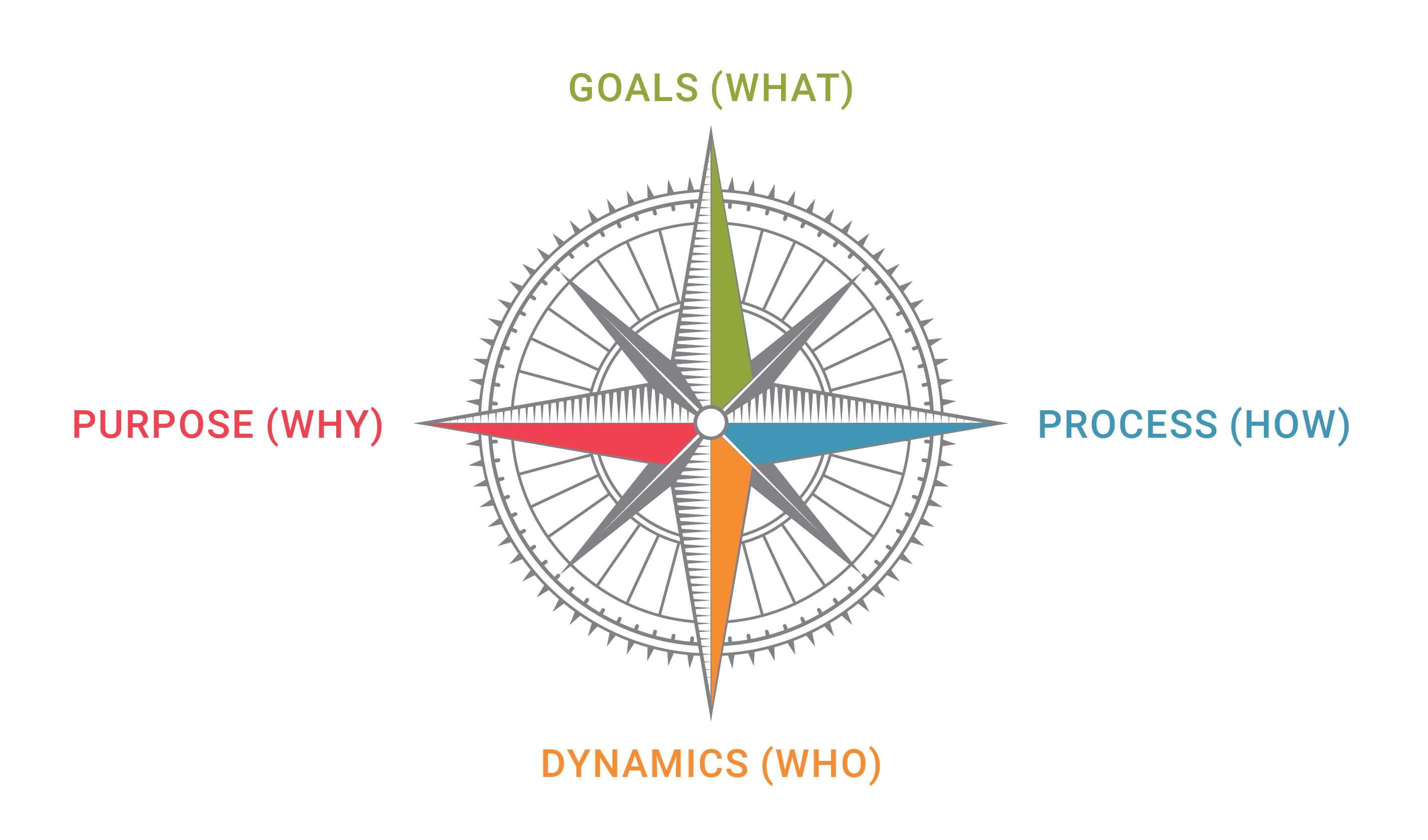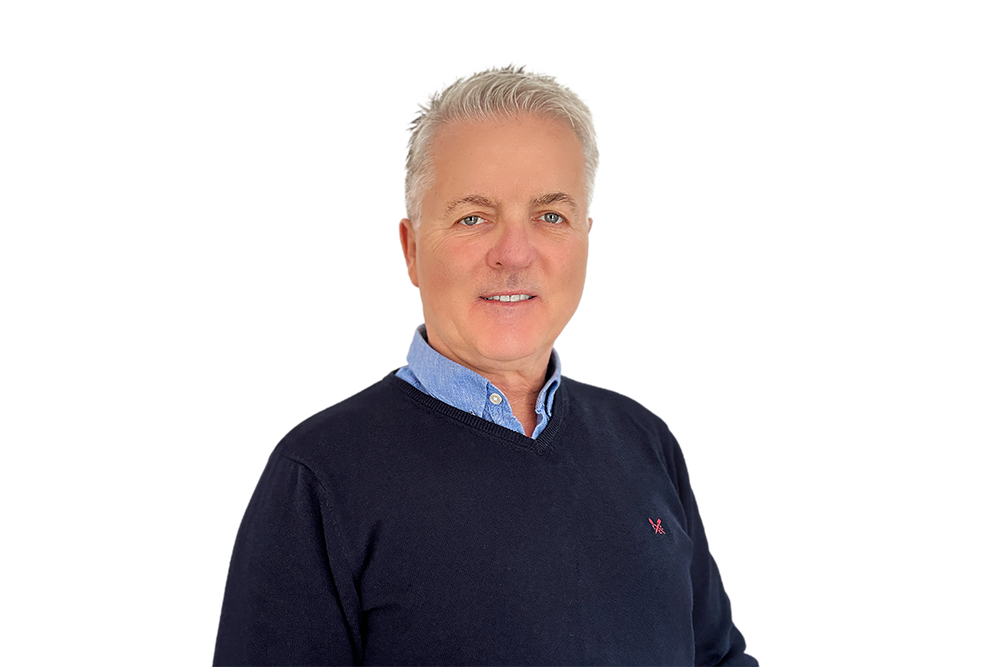Team Effectiveness
Empower Your Teams to Drive Business Growth
Leadership teams play a crucial role in driving this execution. With their oversight of divisions, markets, or functions, they are essential for translating C-suite directives into action across the organization.
Explore Our Powerful Team Effectiveness Programs
Our Executive Team Effectiveness enables C-suite teams to perform to the highest level. Our Edge Team Effectiveness program is specifically crafted for senior teams positioned just below the C-suite that typically oversee organizational divisions, markets, or functions.
These senior teams are empowered to drive execution within their areas of responsibility and to develop strategies that align with the company’s overall strategic goals.
Executive Team Effectiveness:
Enables C-suite teams to perform to the highest level.Edge Team Effectiveness:
Specifically crafted for senior teams positioned just below the C-suite that typically oversee organizational divisions, markets, or functions.Our Team
Our specialist team work with some of the world’s most ambitious companies across the globe. From Fortune 500 companies to silicon valley start-ups, with ambitious value creation goals. Below are some of our key players.
Our Approach

Each team is unique and operates within a specific business context. Our process attends to the expectations of delivery and external factors that influence the success of the team.

Our approach focuses on total performance— challenging teams to be the best they can be on four dimensions: What, How, Who, Why.

We have an extensive database of top-team data, allowing for external benchmarking of your team on all the critical components of executive team effectiveness (design, focus, decision-making, getting results, dynamics).

We leverage this data
to provide thought leadership on what makes the difference between low- and high-performing teams and how teams can go from good to great.

Executive team effectiveness cannot be accomplished in one offsite. Our approach combines short, structured, regular touchpoints that enable meaningful change and embed team accountability.

Our approach is a blend of virtual and in-person work, enabling global reach with maximum impact.
What Our Clients Say
100% believe RHR is committed to delivering its best work for the organization
98% are satisfied with the services they received
94% said partnering with RHR has inspired their organization to make changes needed for success




Let’s Talk
Discover how RHR’s Executive Team Effectiveness program can empower your organization’s executive team. Contact our Head of Business Development, Robert Abramo, at rabramo@rhrinternational.com.

Robert Abramo
Head of Business Development
rabramo@rhrinternational.com
+1 215 237 8620
Executive Team Effectiveness
An executive team is the vehicle that closes the gap between strategy and execution.
We help teams to optimize prioritization, clarify decision-making and build collaboration and trust.

Unlock your executive team's true potential.
Download our guide to see how RHR’s Executive Team Effectiveness program strengthens collaboration, decision-making, and strategic alignment.
Our Model

Goals (What)
Strategy
Shared agenda
Design/membership
Alignment on goals
Roles and responsibilities
Process (How)
Processes
Team cadence and norms
Feedback
Resilience
Dynamics (Who)
Personality styles
Diversity, Inclusion, and Belonging
Team Culture and climate
Psychological safety
Purpose (Why)
Purpose
Beliefs and values
Interface with customers, employees, and community
Philosophical heartbeat
Designed to Shift Behaviors
Our Executive Team Effectiveness program is a high-touch engagement designed for the CEO and C-suite teams to align and shift executive team behaviors as they face complex challenges unique to enterprise teams.
The program is ideal for:
- C-suite teams wanting to drive stronger alignment and collaboration
- C suite teams leaning into organizational change, growth, or fundamental business change
- C-Suite teams that have recently gone through an acquisition
- C-Suite teams looking to build a longer time horizon (three- to five-year future planning)
Key Outcomes
- A baseline assessment of the team against a benchmark of high-performing teams
- Accelerated alignment across the team on how to drive business performance
- Increased collaboration and trust across the team
- Mobilization of performance deeper in the organization
- Increased ability of the leader to lead a high-performing team
Let’s Talk
Discover how RHR’s Executive Team Effectiveness program can empower your organization’s executive team. Contact our Head of Business Development, Robert Abramo, at rabramo@rhrinternational.com.

Robert Abramo
Head of Business Development
rabramo@rhrinternational.com
+1 215 237 8620
Edge Team Effectiveness
Additionally, we provide individual coaching sessions for team leaders and other members to address specific areas identified for improvement.

Empower your teams to drive business growth.
Edge Team Effectiveness includes three phases:
Phase 1: Discovery
We conduct a thorough data-driven analysis to identify the specific factors within each team that either enhance or hinder effectiveness. Our approach includes benchmarking against high-performing teams to provide valuable insights.Phase 2: Accelerator
Our behavioral scientists and business leaders, distinguished by our strong foundation and educational backgrounds in psychology, lead group sessions designed to provide team members with opportunities to deepen their self-awareness, understand team dynamics, engage in constructive dialogue, and collaboratively determine effective paths forward.Phase 3: Coaching
Optional individual coaching sessions are available to participants, aimed at accelerating their personal development aligned with the company’s objectives.Get Immediate and Long-Term Benefits
- Greater alignment between team objectives and individual goals
- Enhanced performance at individual, team, and organizational levels
- Increased adoption of courageous communication, leading to stronger team trust
- Improved decision-making and more effective team behaviors
- Improved organizational outcomes

Let’s Talk
Discover how RHR’s Executive Team Effectiveness program can empower your organization’s executive team. Contact our Head of Business Development, Robert Abramo, at rabramo@rhrinternational.com.

Robert Abramo
Head of Business Development
rabramo@rhrinternational.com
+1 215 237 8620
Characteristics of high performing teams
Most discussions about executive team effectiveness focus on the ideal mix of personal characteristics or stages of team development that need to be accomplished before the team can be classified as high performing.
We conducted an analysis of over 200 senior teams, predominantly from companies with annual revenues of over $2 billion, to establish what really needs to happen, in order to create high performing teams.

Our Methodology
We compared and contrasted high-performing and low-performing executive teams, analyzing what they did, how often they did it, and which indicators of organizational performance were impacted as a result.
Key Insights
In our research, the following six success factors were found to differentiate
high-performing teams (HPTs) from low-performing teams (LPTs):
Six Key High Performance Factors
1. Agile Design – HPTs align their membership design to the goals of the organization.
2. Disciplined Focus – HPTs focus on the most critical priorities and deal with the right
issues at the right level.
3. Efficient-Decision Making – HPTs balance the need for speed and quality and are clear on what decisions should be delegated.
4. Connectivity and Balance – HPTs are connected with the internal and external needs of the organization. They leverage organizational strengths while also driving innovation.
5. Collaborative Culture – HPTs pay less attention to hierarchy and are willing to lean into conflict.
6. Delivery of Results – HPTs are those who ultimately deliver results.
What are the key tensions?
We examined what differentiated the top 25% of the high-performing teams from the rest. We found that the highest-performing senior teams were able to skillfully navigate three key tensions:
1. Risk versus Reward – High-performing teams excel at taking risks that pay off in the long term while also delivering results that reward in the short term.
2. External versus Internal – High-performing teams look outward as well as inward, even using external drivers as a springboard for internal transformation.
3. Top-Down versus Bottom-Up – High-performing teams successfully manage the tension between driving innovation from the top and creating frameworks to enable those closest to the customer to innovate.
The Results
10% – Greater market share achieved by the top 25% of performing teams, who delivered a 10.6% greater sales and revenue growth, and a 9.5% – Improvement in employee engagement!



Let’s Talk
Discover how RHR’s Executive Team Effectiveness program can empower your organization’s executive team. Contact our Head of Business Development, Robert Abramo, at rabramo@rhrinternational.com.

Robert Abramo
Head of Business Development
rabramo@rhrinternational.com
+1 215 237 8620






